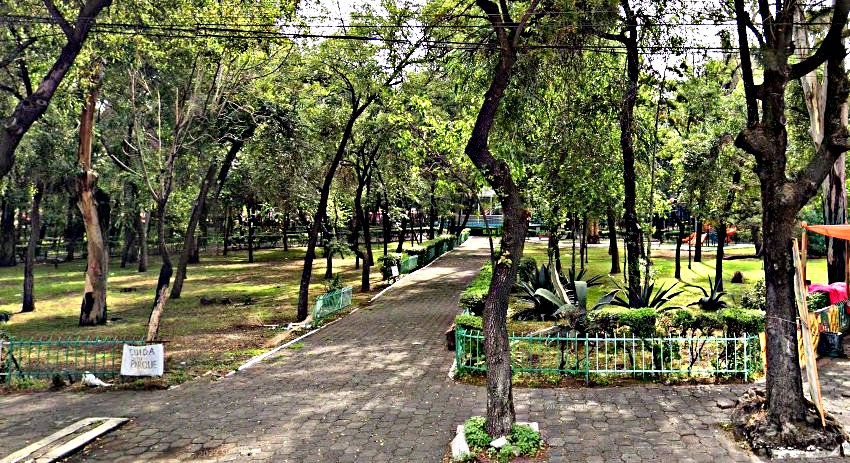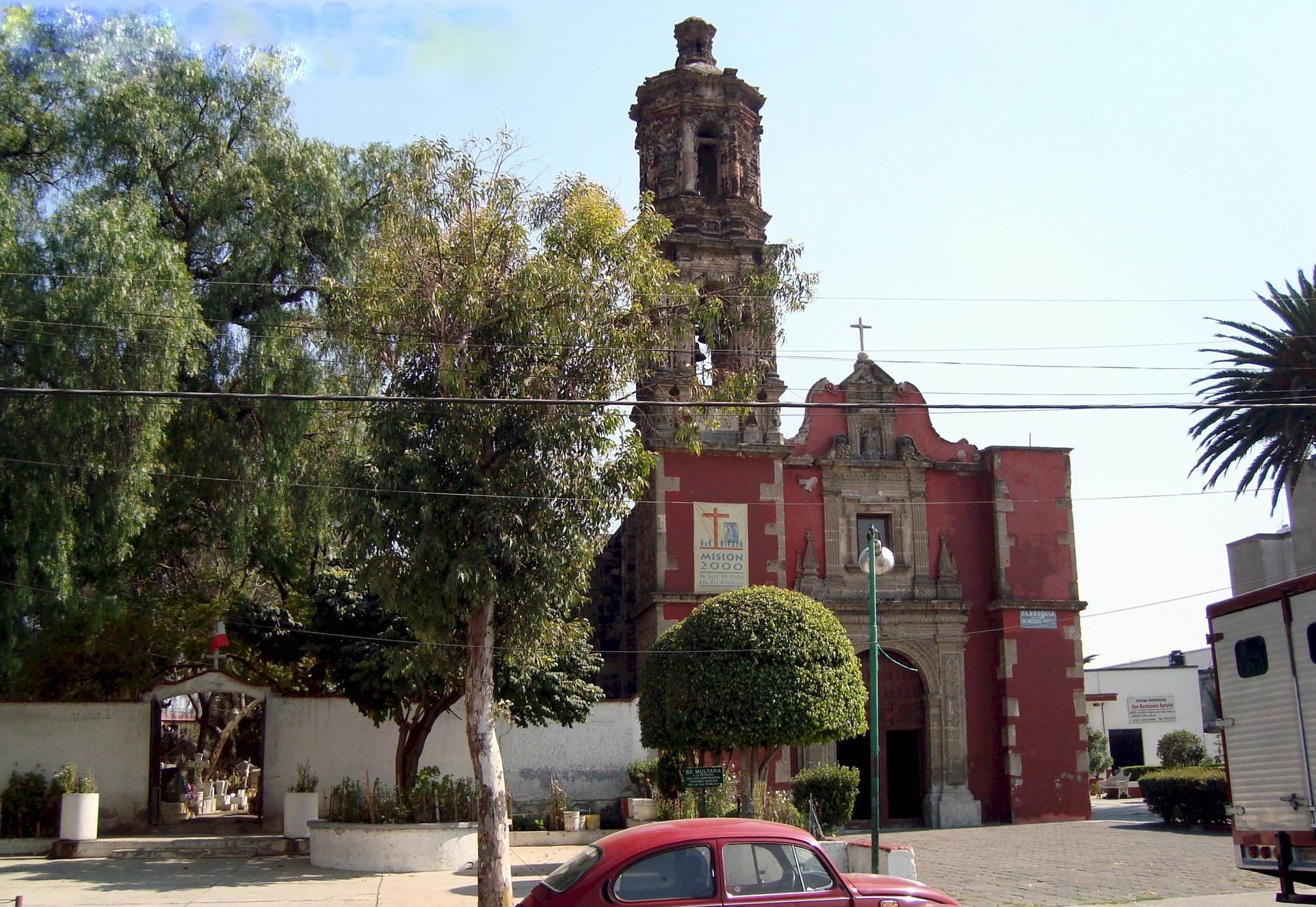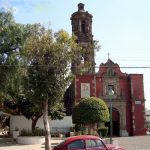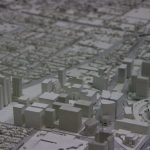


El Pueblo San Bartolomé Atepehuacan es uno de los nueve asentamientos originales en la alcaldía Gustavo A. Madero, lo que lo vuelve perceptiblemente antiguo. Pero Atepehuacan es sin duda más famoso por el descubrimiento en 1957 de restos fosilizados de mamut y herramientas humanas que se dataron después en unos 9.000 años. Esto los hace casi tan antiguos como los encontrados en Iztapalapa. La excavación arrojó posteriormente múltiples restos humanos y de mamut.
Hoy en día, la antigua ciudad está bien sumergida dentro de la matriz urbana, pero todavía se aprecian algunos signos de sus orígenes antiguos y prehistóricos.
Atepehuacan
El nombre de Atepehuacan significa simplemente “cerro del que escapa el agua”. Es probable que esta colina estuviera rodeada o parcialmente rodeada de agua. Los restos agrícolas datan del año 3500 a.C. y posteriores, y es probable que fuera un asentamiento nahua hacia el año 1000 d.C. Las salinas de la costa norte, incluida esta pequeña isla, estuvieron probablemente bajo el dominio de Tlatelolco durante la mayor parte del periodo anterior a la llegada de los españoles.
La iglesia de San Bartolomé Apóstol se comenzó a construir a finales del siglo XVI. La mayor parte de lo que vemos hoy es obra del siglo XVIII. Esa iglesia era el centro de una pequeña ciudad colonial que estaba casi totalmente rodeada de haciendas españolas que surgieron en el antiguo fondo del lago. La economía de la ciudad seguiría dependiendo de la economía de las haciendas hasta bien entrado el siglo XIX. Aunque después de la Revolución Mexicana la ciudad obtuvo brevemente sus propias concesiones de tierras para que los residentes pudieran mantenerse a través de la agricultura, las concesiones de tierras no durarían mucho tiempo.
En 1945, el gobierno recuperó la mayor parte de las antiguas tierras de cultivo para iniciar la zona industrial de Vallejo. Posteriormente se construyeron el Instituto Politécnico Nacional y numerosas urbanizaciones. Todos estos proyectos de mediados del siglo XX alteraron la ciudad de forma irreversible.
Hoy vemos a San Bartolomé Atepehuacan como el precursor del Lindavista de los años sesenta. Es un asentamiento históricamente significativo y verdaderamente antiguo. La ciudad que lo rodea no siempre ha sido amable, pero de alguna manera, sigue siendo un lugar de ahuehuetes gigantes que se mecen y maduran, regalándonos una vibra que tranquiliza. Con un mercado central y mucho carácter, puede ser el antídoto perfecto contra demasiada ciudad.

Cercano a 0.57 kms.

Cercano a 0.60 kms.

Cercano a 0.62 kms.

Un sublime estilo renacentista italiano ha recibido a los transeúntes durante casi 120 años. Esto es de lo que se trata.

Una increíble representación en 3D de una de las mayores ciudades del hemisferio.

Uno de los mercados públicos más populares de Eje Central.

Uno de los centros de intercambio artístico más importantes de la zona de Garibaldi.